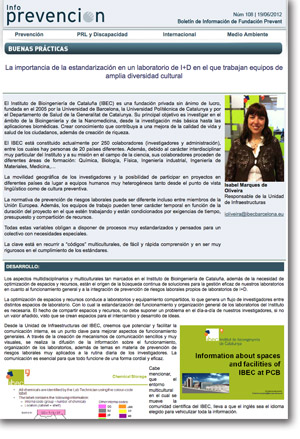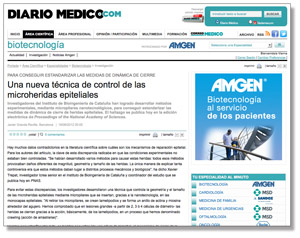“Riconoscimento di nano-oggetti e virus senza marcatori” (Eng)
![]() Media coverage of the Nanoscale Bioelectrical Characterisation group’s work in Nature Materials this week:
Media coverage of the Nanoscale Bioelectrical Characterisation group’s work in Nature Materials this week:
http://www.lswn.it/comunicati/stampa/2012/riconoscimento_nano_oggetti_e_virus_senza_marcatori







